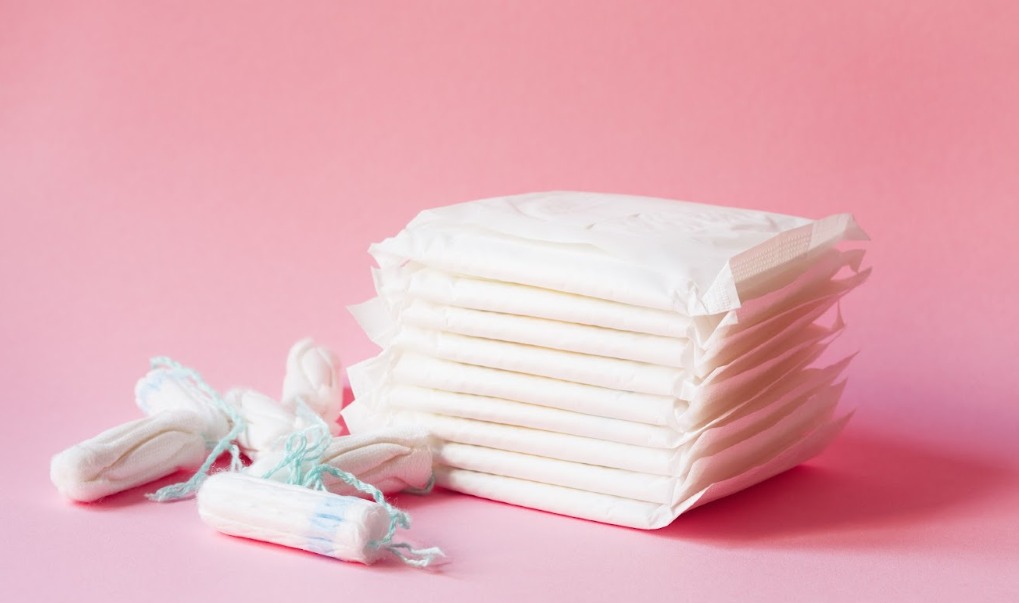
Is Non-Woven Fabric Biodegradable? Exploring the Eco-Friendliness of Non-Wovens
Every business is searching for environmentally appropriate substitutes as the globe moves towards sustainability. Non-woven textiles have made a name for themselves in this competition for more environmentally friendly options.
Explore Recent Blogs
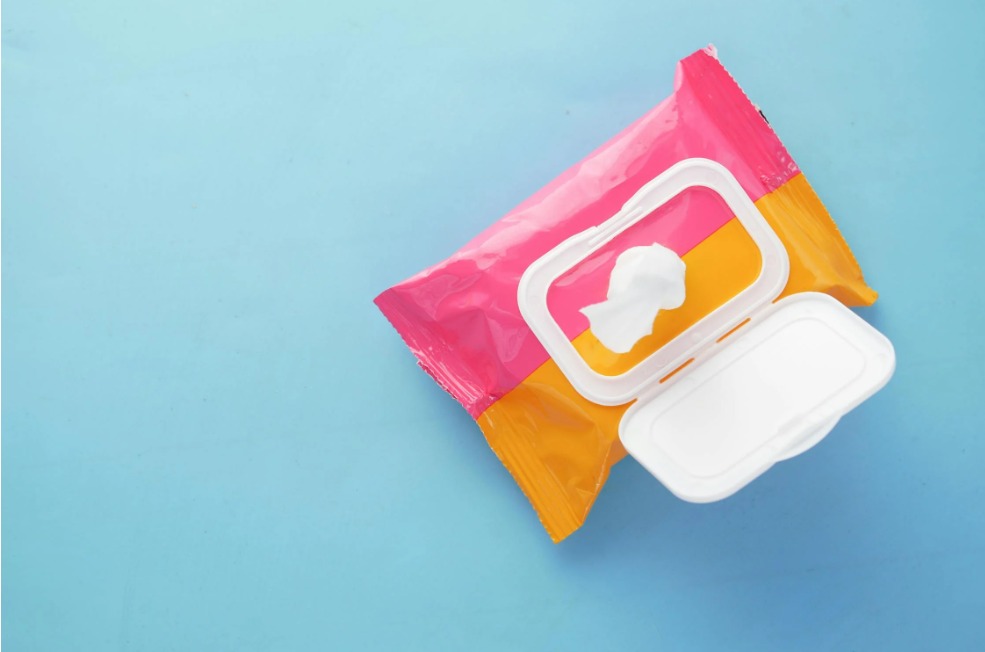
Spunlace Nonwoven Fabrics: Explore Characteristics and Benefits
In a world where hygiene, safety, and softness intersect, material science has a quiet hero, spunlac
Read More
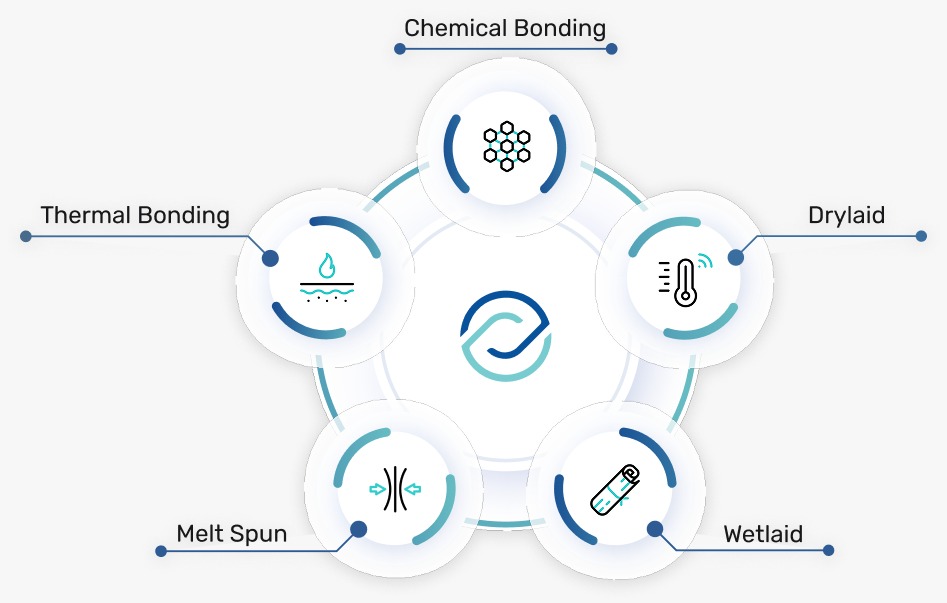
PentaTech™ by Elixrr Nonwovens: Pioneering the Future of High-Performance and Sustainable Nonwovens
Innovation in nonwoven materials isn’t optional anymore. It’s what drives progress. As industrie
Read More

Is Non-Woven Fabric Biodegradable? Exploring the Eco-Friendliness of Non-Wovens
Every business is searching for environmentally appropriate substitutes as the globe moves towards s
Read More

What Are Non Woven Fabrics Used For? Key Examples & Features
In an era defined by performance, precision, and sustainability, materials are no longer just passiv
Read More

Weave Your Success with Our Revolutionary Fabrics
Power your business with Elixrr's cutting-edge nonwoven fabric solutions. Eco-friendly, customizable, and engineered for excellence—because innovation starts with the right foundation.





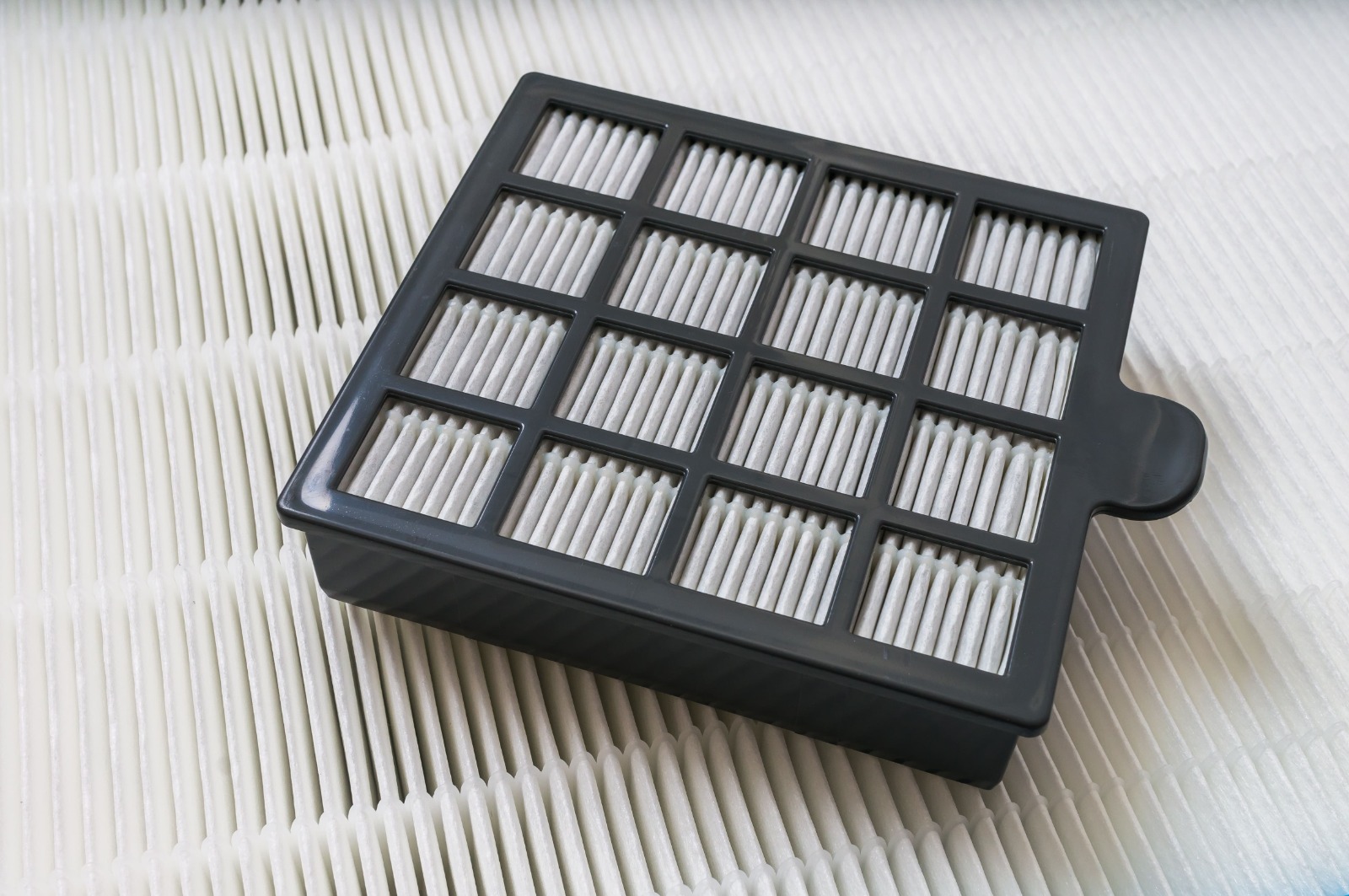
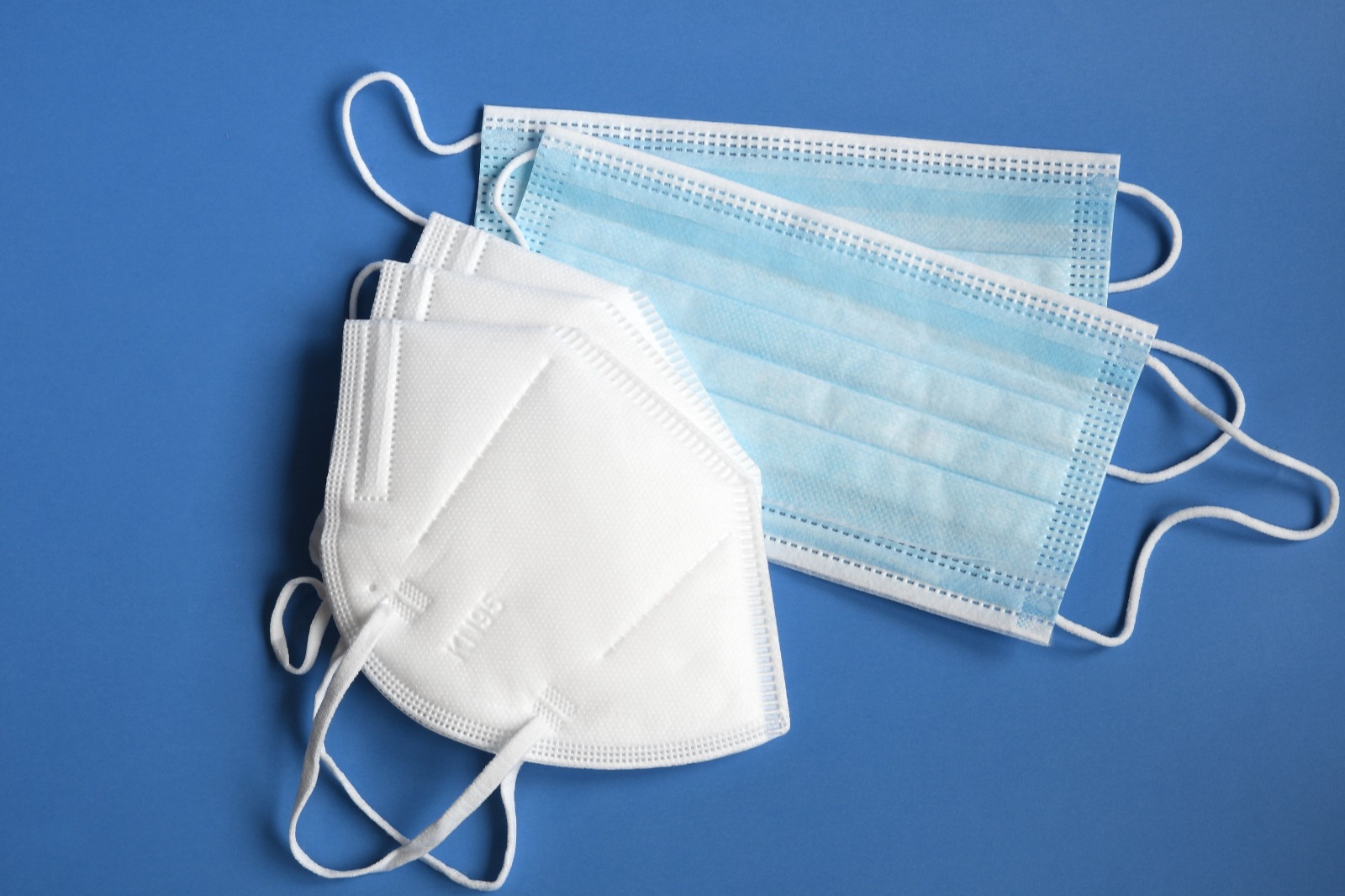
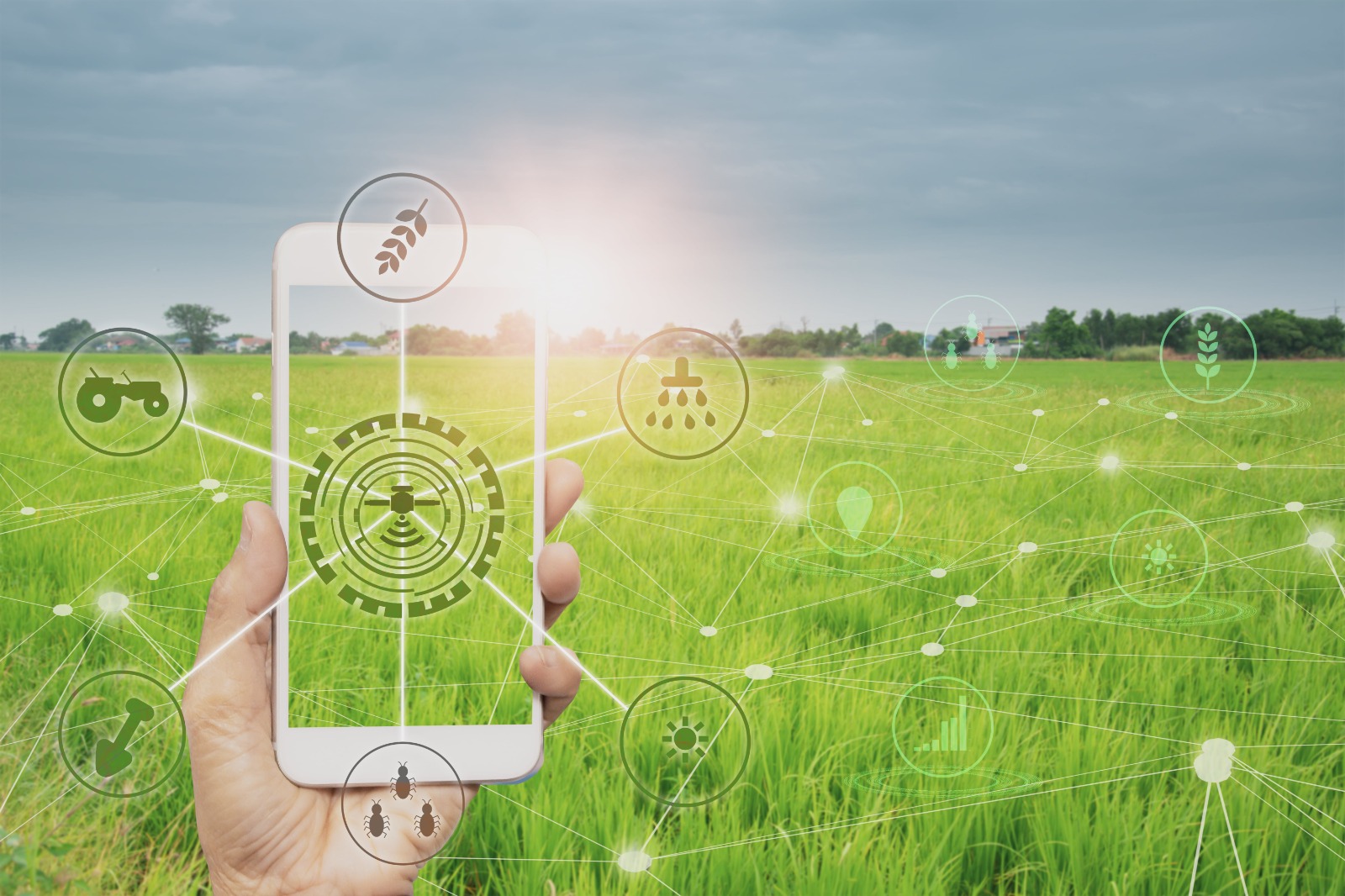
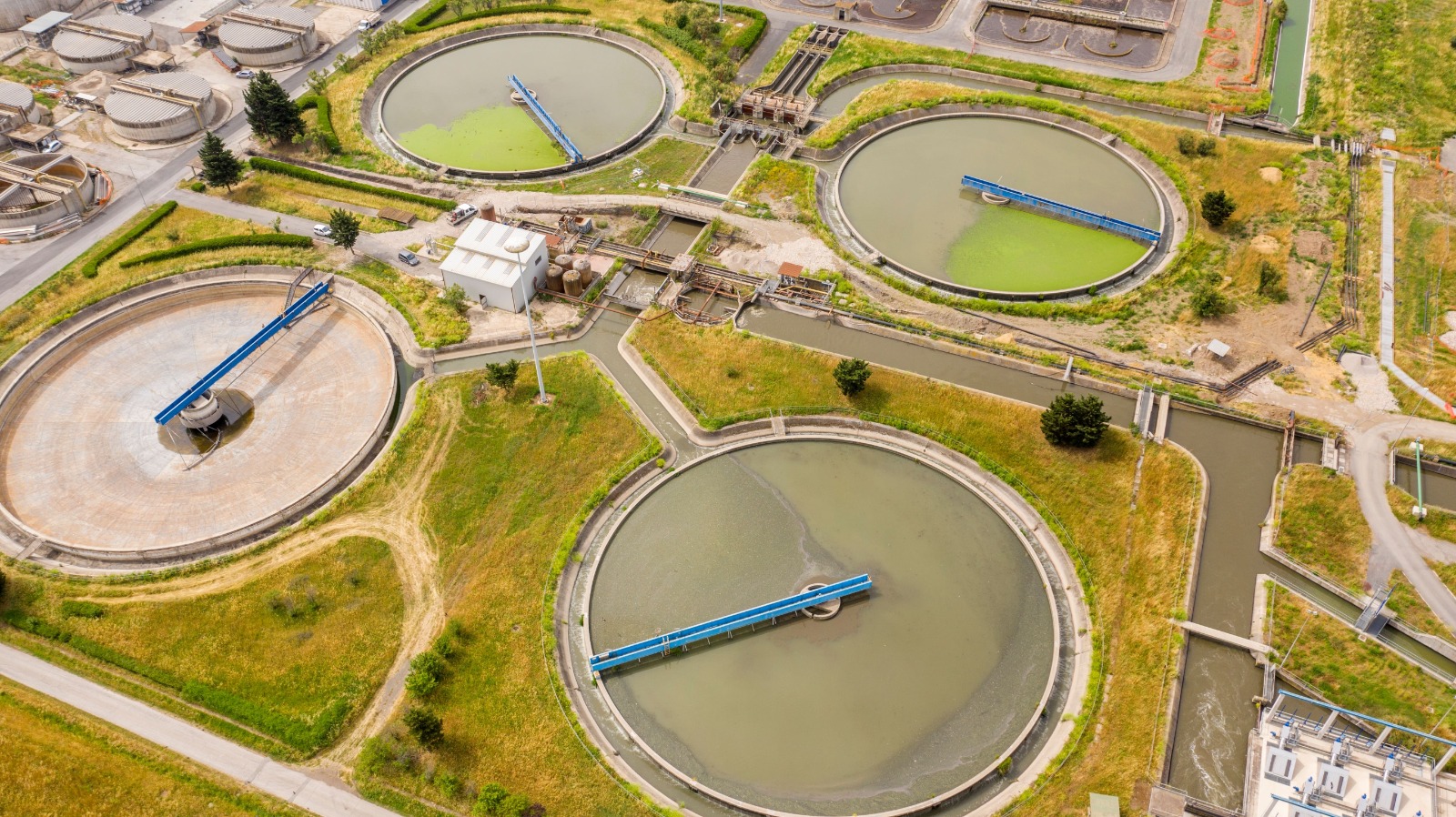

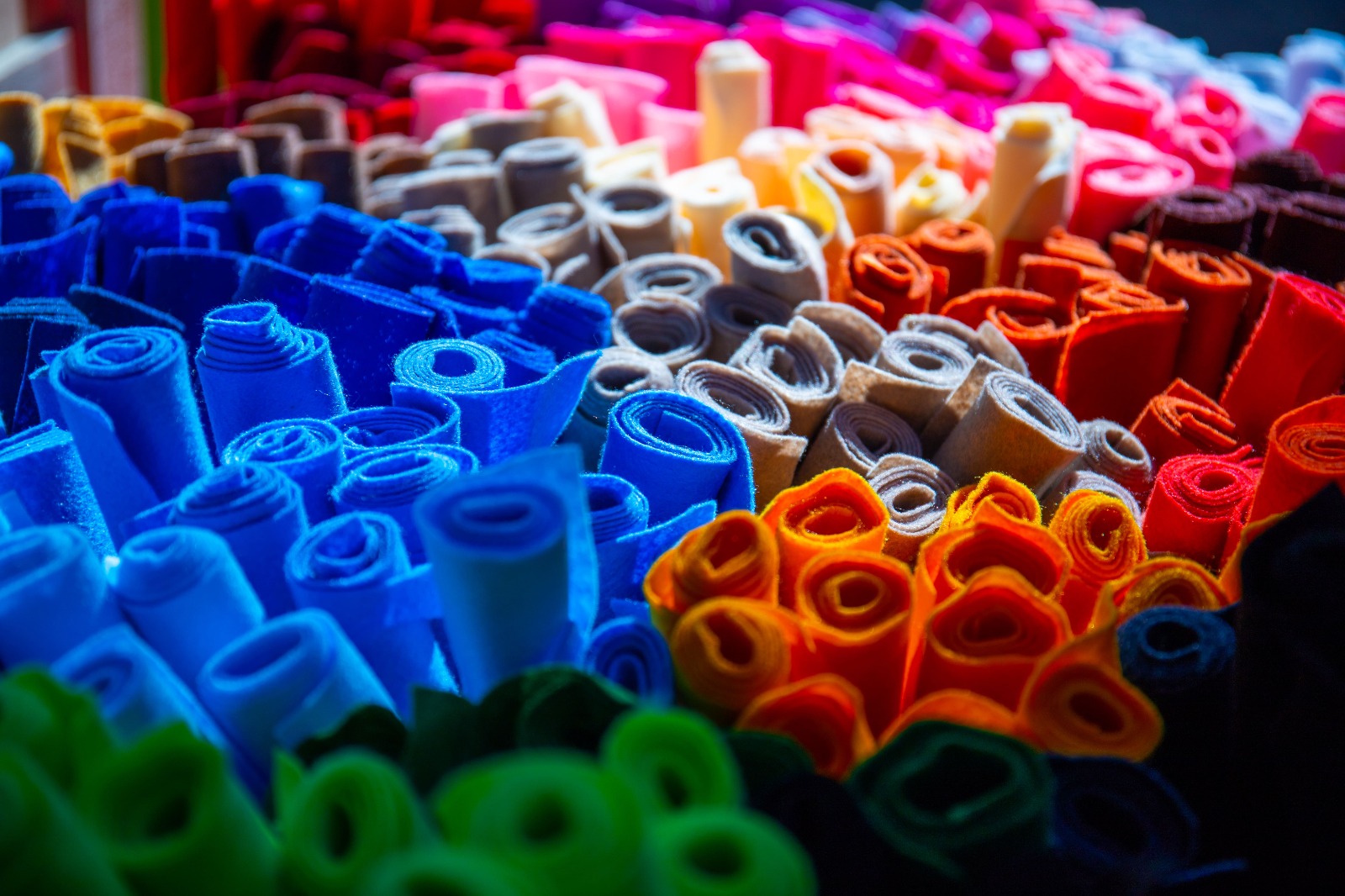
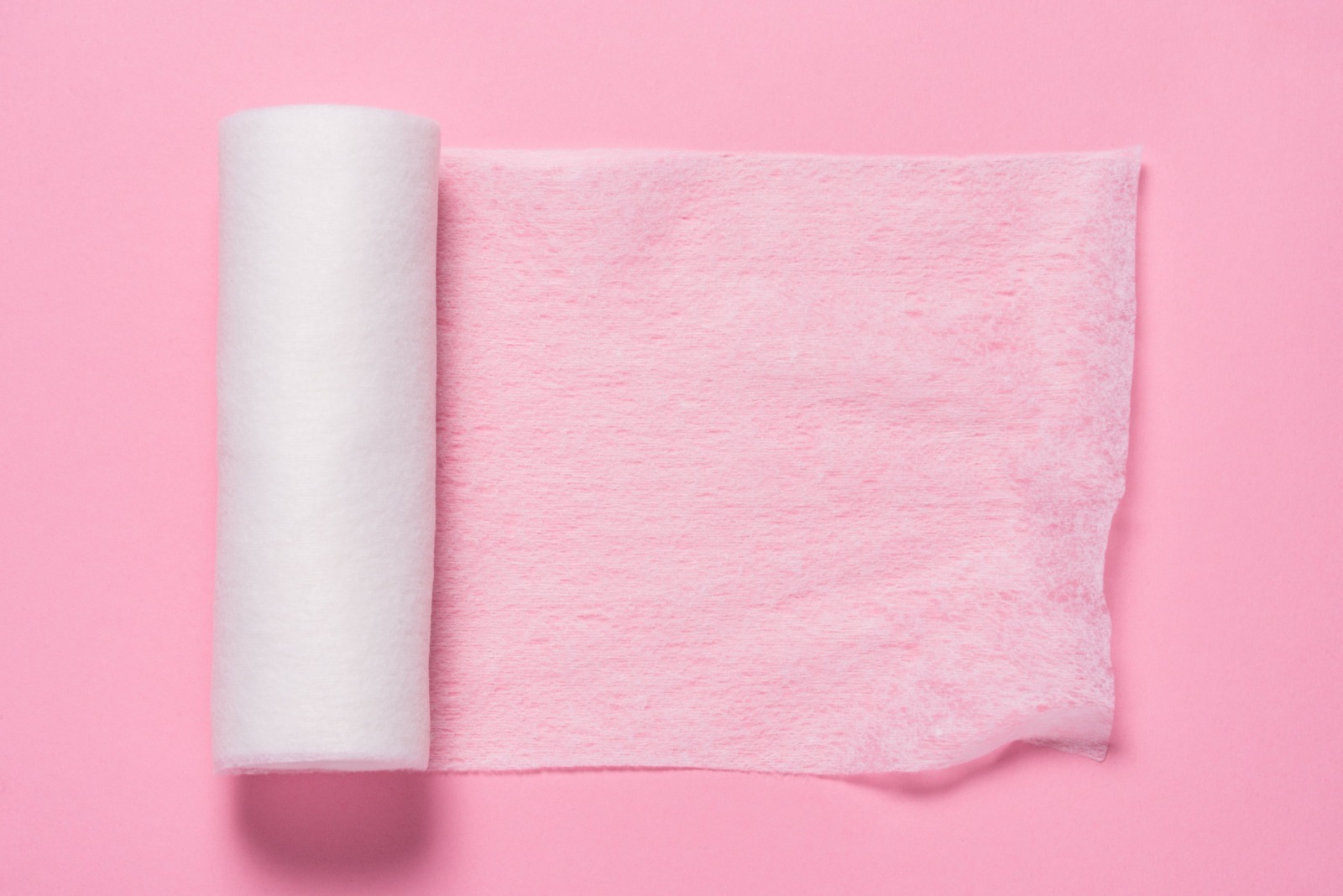
Every business is searching for environmentally appropriate substitutes as the globe moves towards sustainability. Non-woven textiles have made a name for themselves in this competition for more environmentally friendly options. The crucial issue, though, is whether non-woven fabric decomposes naturally.
Like the majority of topics in the sustainability discussion, the solution is complex. Let's examine non-woven fabric's definition, biodegradability, and how it is changing industries and tackling environmental issues.
Non-Woven Fabric: What is it?
Traditional knitted or woven textiles are not the same as non-woven cloth. Non-woven textiles are made by chemically, mechanically, or thermally attaching fibres together rather than weaving them together in a pattern. Their lightweight, adaptable, and frequently disposable character is a result of this process.
Non-Woven Fabric Types Include
Polypropylene, polyester, and other synthetic materials are used to make synthetic non-wovens.
Renowned for being affordable and long-lasting, but not as environmentally friendly.
Natural non-wovens:
Is Non-Woven Fabric Biodegradable?
Nonwoven textiles' biodegradability is totally determined by their material makeup.
Biodegradable Non-Woven Fabrics
Non-Biodegradable Non-Woven Fabrics
What is the biodegradability of nonwoven fabric? Yes, provided that it is composed of natural fibres. However, synthetic choices belong to a distinct category and should be disposed of carefully.
Factors That Influence Biodegradability of Non-Woven Fabrics
Material Composition
Environmental Conditions
Usage and Disposal
Benefits of Biodegradable Non-Woven Fabrics
Due to their favourable environmental effects, biodegradable non-wovens are becoming more and more popular.
Eco-Friendly
Versatile Applications
Sustainable Materials
These fabrics are a step forward in balancing industrial needs with ecological responsibility.
Applications of Non-Woven Biodegradable Fabrics
1. Retail
2. Agriculture
3. Hygiene Products
4. Medical Sector
Nonwoven biodegradable fabric is in high demand across sectors due to its versatility and environmental friendliness.
Biodegradable Non-Woven Fabric Manufacturers in India
Thanks to innovation and a focus on sustainability, India is a global leader in the production of biodegradable nonwoven fabric.
Why India Leads the Market
Key Players:
Challenges in Adopting Biodegradable Non-Woven Fabrics
Higher Costs
Limited Awareness
Recycling Infrastructure
How to Identify Biodegradable Non-Woven Fabrics
Material Labels
Certifications
Disposal Instructions
These steps help ensure you’re making a truly eco-friendly choice.
Future of Biodegradable Non-Woven Fabrics
Conclusion
For the purpose of answering the query, "Is nonwoven fabric biodegradable?"—yes, but only if it's composed of natural fibres. The transition to biodegradable alternatives is essential for cutting waste and promoting sustainability.
With its abundant resources and creative producers like Elixrr, India is in the forefront of creating biodegradable nonwoven fabric for international markets. Businesses and individuals alike may help create a more sustainable world by selecting eco-friendly non-woven fabrics.
At Elixrr, we redefine sustainability with our premium range of biodegradable non-wovens. From tote bags to medical applications, we deliver innovative solutions tailored to your needs. Join us in shaping a greener future—contact Elixrr today!
FAQs About Biodegradable Non-Woven Fabrics
1. What makes non-woven fabric biodegradable?
Natural fibers like cotton or bamboo break down naturally, while synthetics require recycling.
2. How can I responsibly dispose of non-woven fabrics?
3. Are biodegradable non-woven fabrics more expensive?
Yes, but their environmental benefits outweigh the cost difference.
4. What industries benefit the most from biodegradable non-wovens?
Retail, agriculture, hygiene, and medical industries see significant advantages.
5. How does Elixrr contribute to sustainable non-wovens in India?
Elixrr leads the market with innovative, eco-friendly products tailored to modern needs.